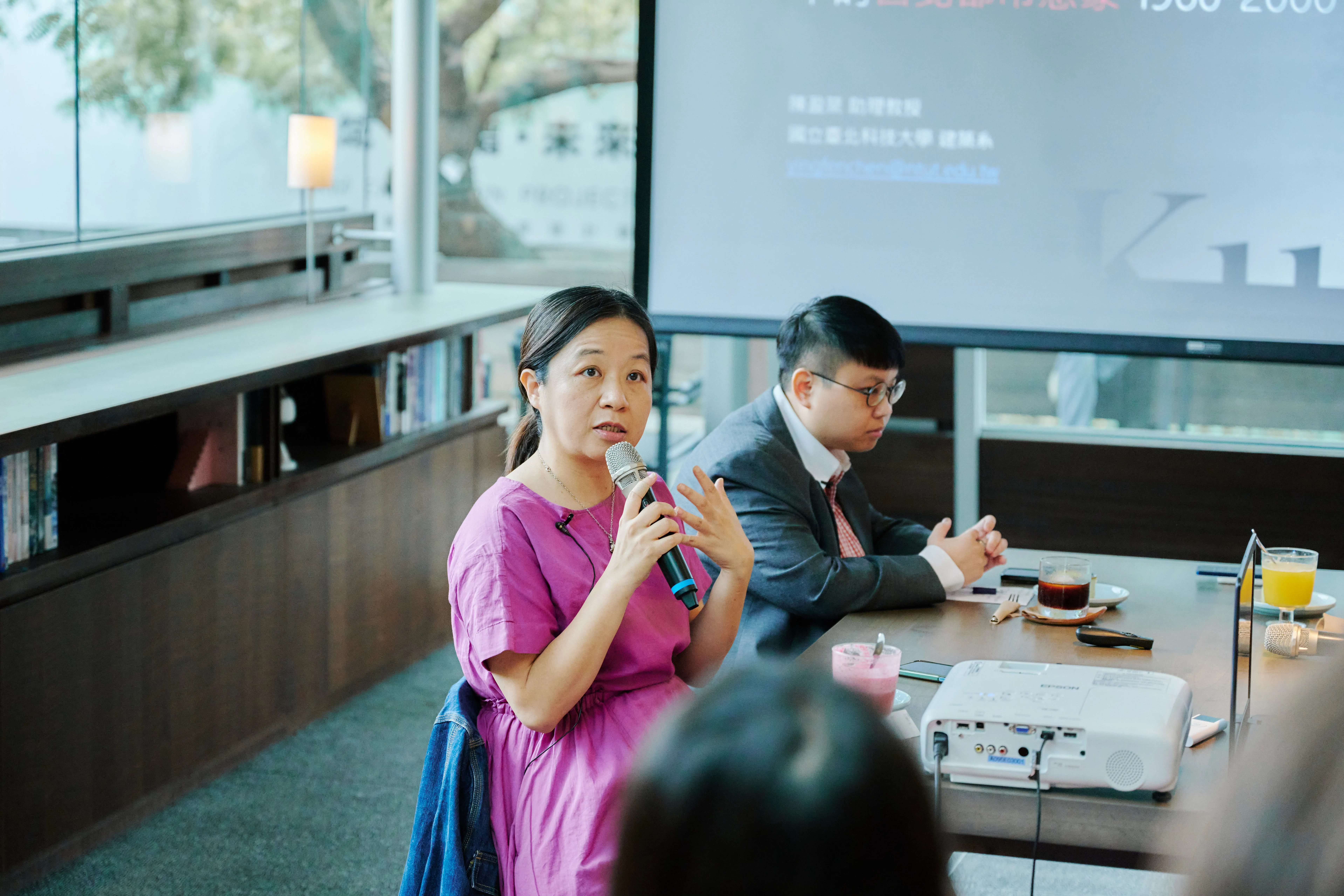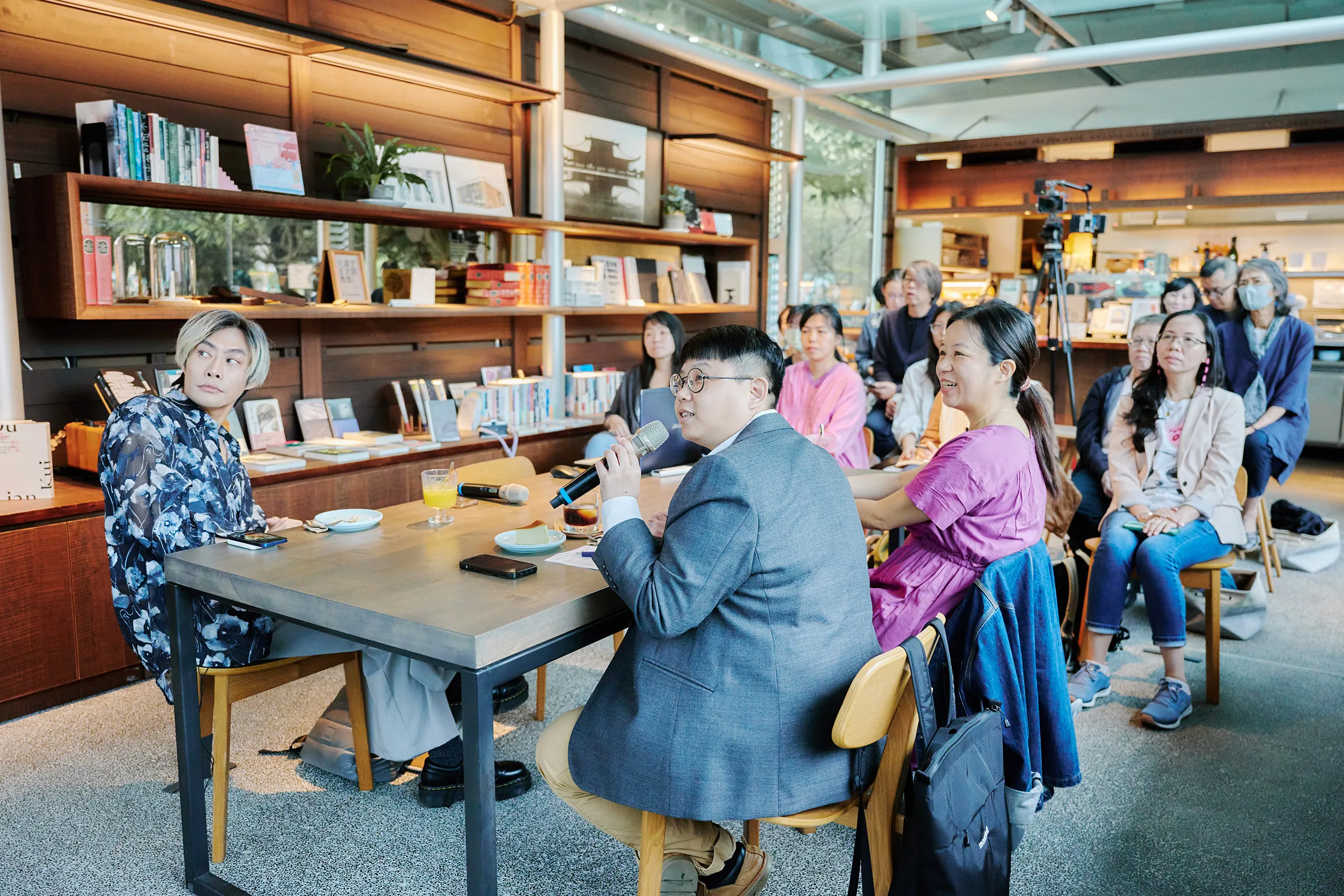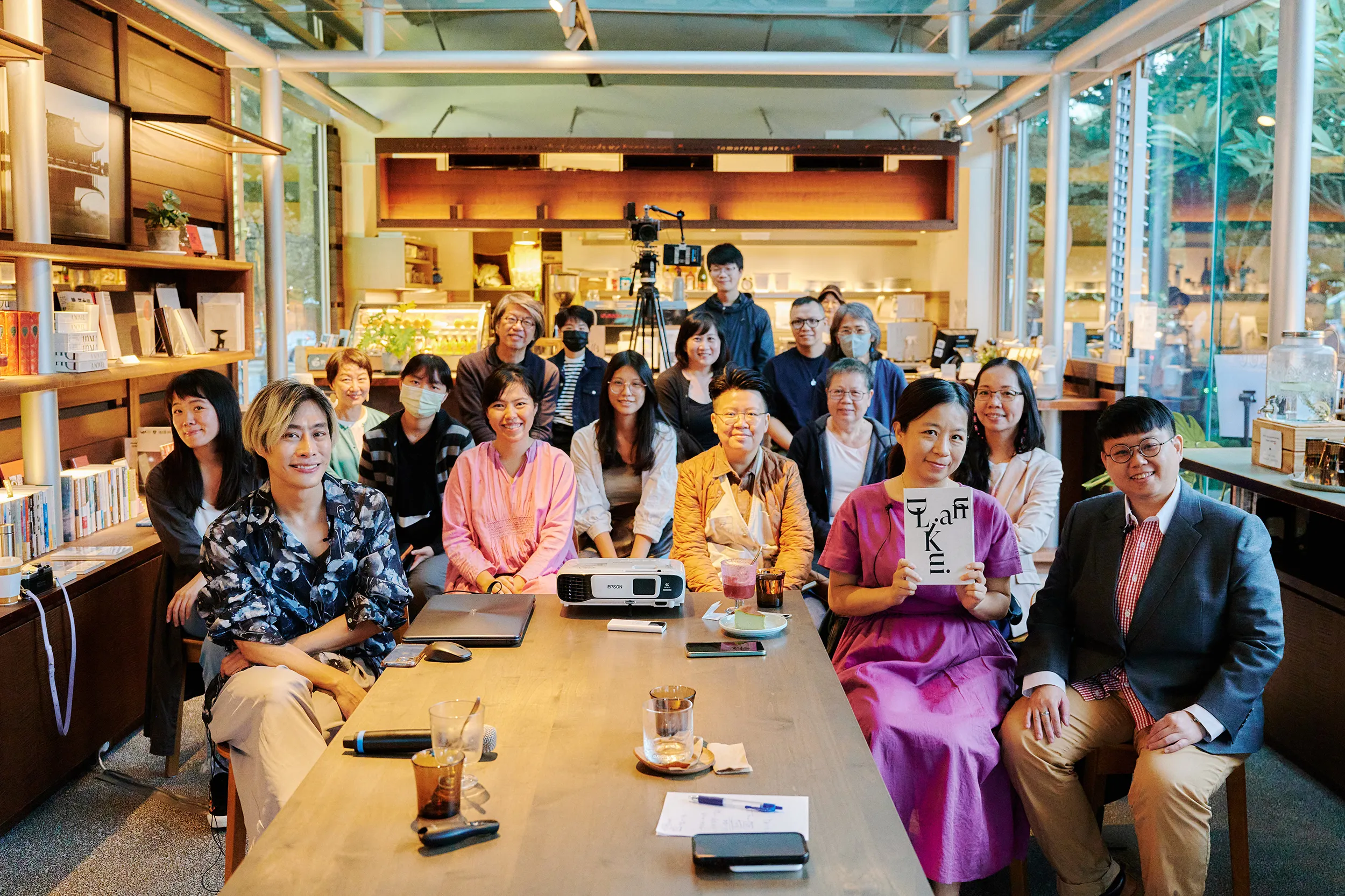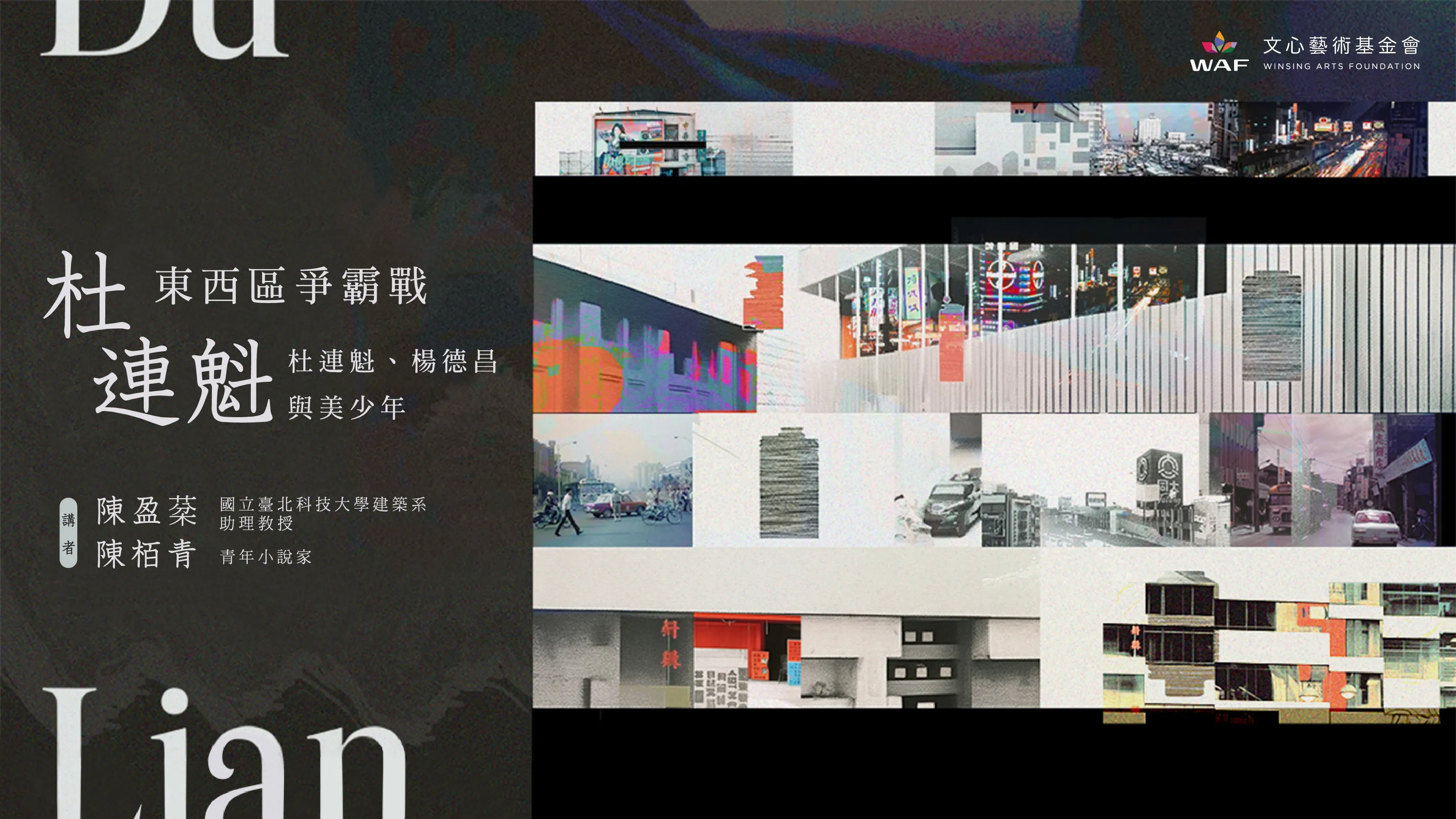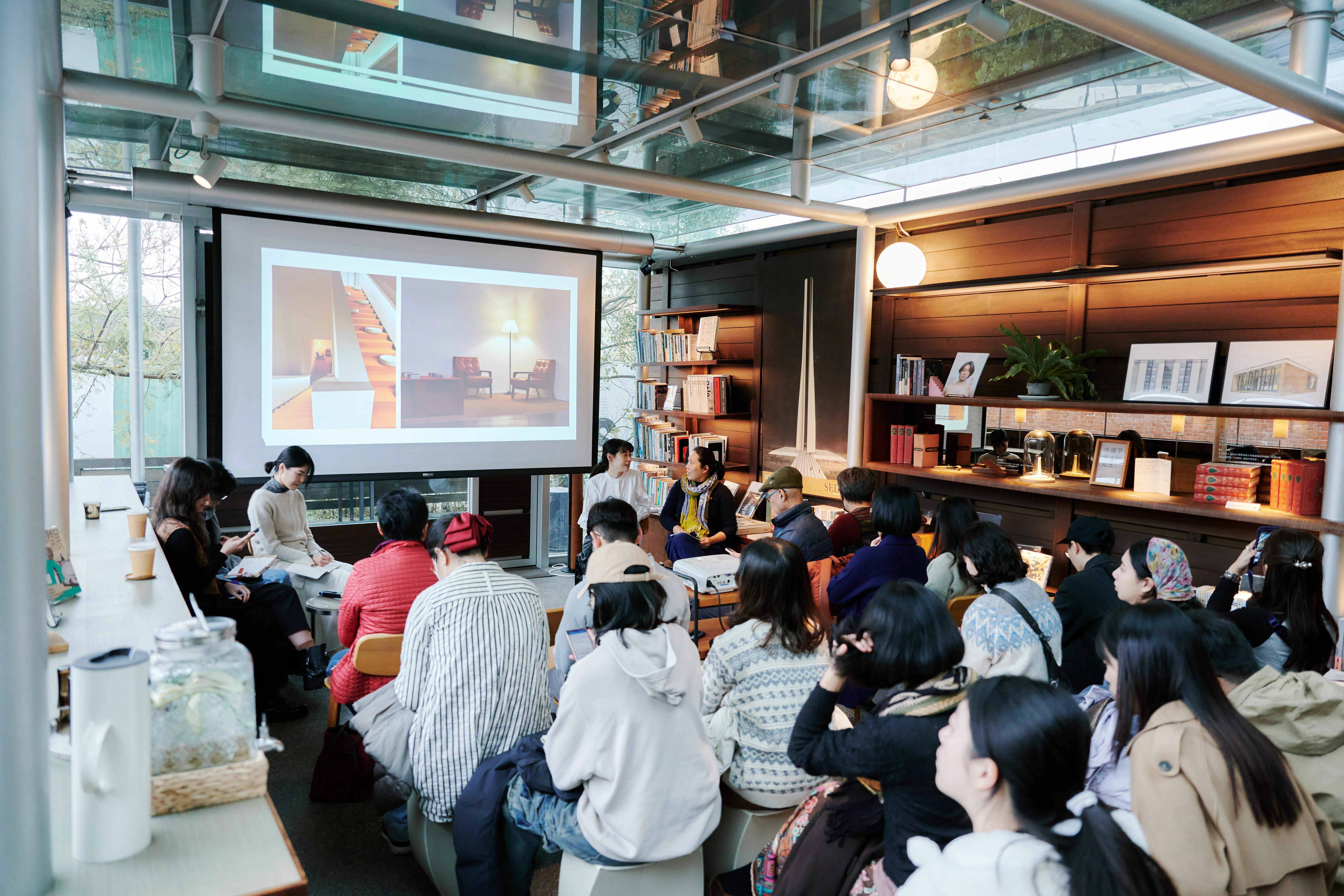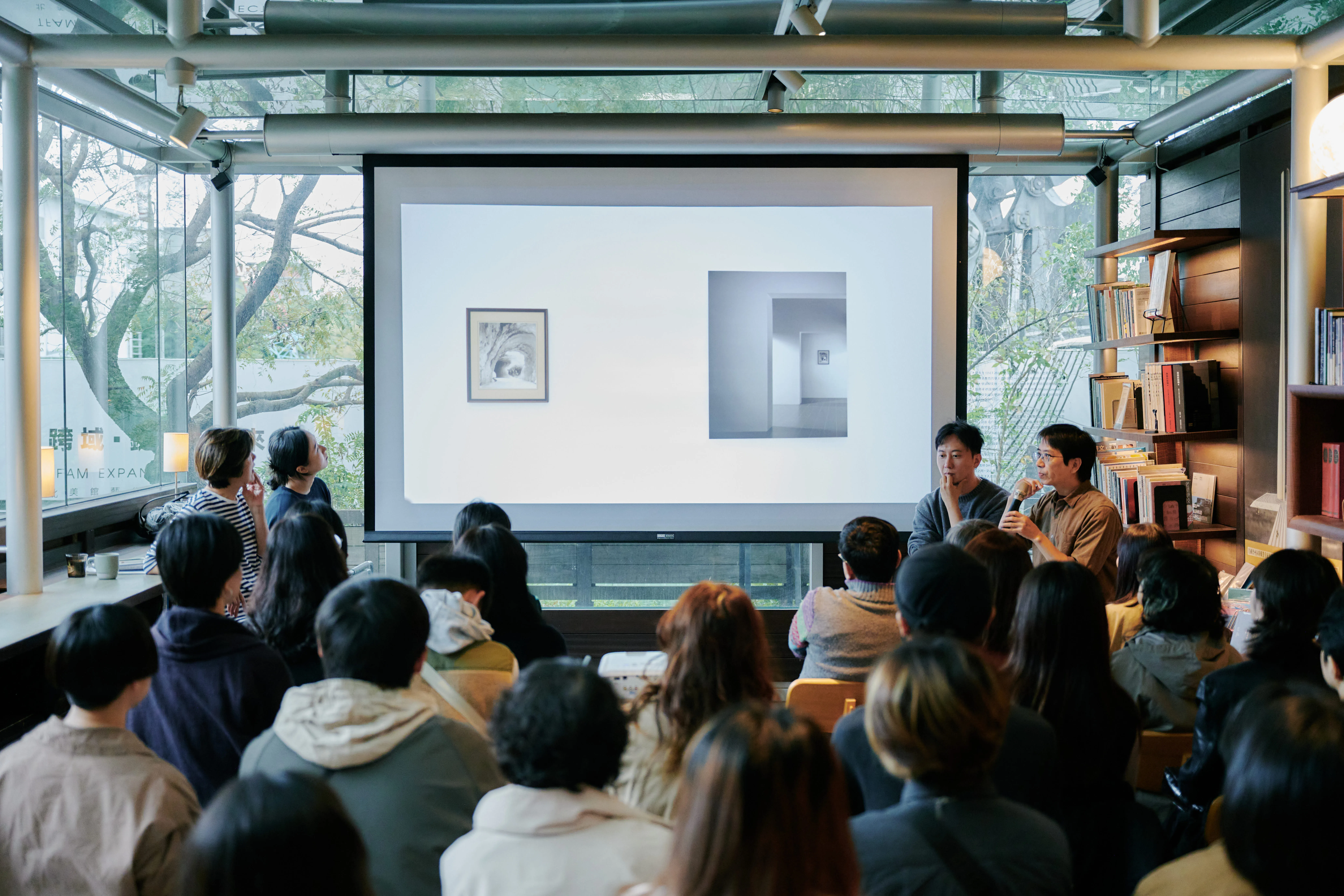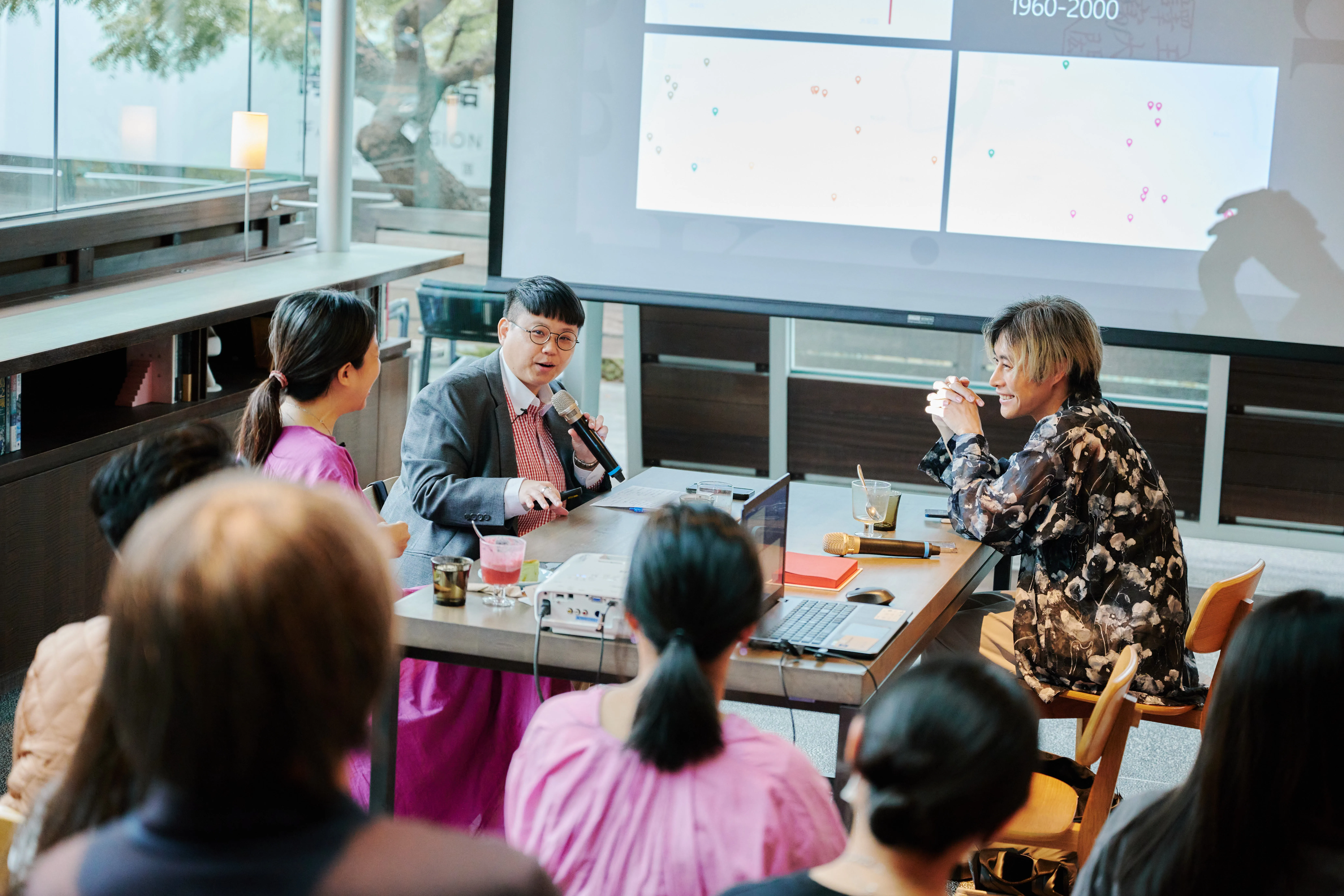
Chimera Literary Salon| East District vs. West District: Du Lian Kui, Edward Yang, and the Beautiful Youth
Speakers
Ying-Ying Chen, Assistant Professor, Department of Architecture, National Taipei University of Science and Technology
Chan Pak Young Novelist
presiding
Yang Jia-han, Associate Professor/Writer, Department of Chinese Literature, National Tsinghua University
locations
Wang Daishui Shuxuan (No. 153, Section 3, Zhongshan North Road, Zhongshan District, Taipei City)
fees
$150 (DISCOUNTED BOOK PURCHASE)
Event Content
Wang Daizhi, the first generation of Taiwanese architect after the war, presented Wilde's classic novel “The Portrait of Gray” with ten years of light (The Picture of Dorian Gray) The scene was moved from Victorian London to Taipei in the 1970s and translated into Dulienqui, which belongs to his era. Through the transformation of time, Wang Daei not only allows us to see a common fable about humanity, but also buried its aesthetic thoughts and observations of Taipei in the plot of the novel. In 2021, a new production was produced by the Wen Shin Art Foundation, curated by the Wen Shin Art Foundation, in collaboration with the Wang Daishi Architectural Research and Preservation Society.
This series of lectures was specially invited by Yang Jia-han (Associate Professor/Writer in the Department of Chinese Literature, National Tsinghua University) to analyze from a literary perspective, introduce Du Lianqui to present Taiwan, and discuss the meaning of reading classics for modern readers; while exhibiting in the works MR. WANG DAICHI'S REFLECTION ON THE TIMES OF THE PLACE AND BROUGHT EVERYONE “CLOSER TO WANG DAICHI” FROM THE VIEWPOINT OF THE BUILDING.
The fourth lecture invited Chen Ying-yin (Assistant Professor, Department of Architecture, National Taipei University of Science and Technology) and Chen Pak Ching (a young novelist) to talk about the descriptions of the East and West districts of Taipei in the book “Du Lien Qui”. Extending to Yang Tak Cheong's films—Terrorist and Chumma Chukah—are the Western notions conveyed in Taiwanese gay literature (an echo of “The Grey Mei Youth”).
FROM THE WEST TO THE EAST, FROM LONDON TO TAIPEI, DU LIENQUI TRANSPLANTS THE LIFE EXPERIENCES AND FEELINGS OF OTHERS THROUGH REWRITING. WANG DAICHI ALSO REVISITED THE CULTURAL PECULIARITIES OF “CHINESE-WEST MERGER” TO AVOID ISSUES SUCH AS CULTURAL IDENTITY, IDENTITY, BELONGING, DIVERGENCE AND COMPETITION IN THE CONFLICT BETWEEN SELF AND OTHERS. I hope that readers will be able to understand the depth of each of them by reading Dulinqui in the correspondence of different cultures.
Event Review
Cultural products such as literature, film and television reproduce and transmit urban spaces, bringing urban life in different eras across the constraints of time and space to the public. In addition to writing about collective memory or social reality, it is also possible to see the author's point of view and persistence. Through the creation of novels, Wang leads readers to follow in the footsteps of the protagonist and experience the city of Taipei, where prosperity and decline coexist. After Du Lien Qui presents the Taipei scene of the 1960s and 1970s, Yang De-chang's films continue to depict the 1980s image of Taipei. Comparing the two works, in addition to understanding the evolution of the urban texture of Tung West and the trajectory of Taipei's expansion, it is also possible to discover the authors' perspectives on the different areas where the buildings in which people live. WANG DAICHI'S “CIVILIZED BATHING AND IMMERSIVE MEDITATION” (For civilized ablutions and submerged meditation, 1946) This bathroom design exemplifies his thinking on how to connect space inside and out, while conveying the concept that “a building can hold multiple goals.” Like an ancient Roman bath or a comrade sauna in the western district of modern Taipei, it also has functions for conversation, communication, privacy and even discussion of topics. Traveling through intersecting spaces, people gradually open up to perceive and develop their “civilization”, thereby finding their place in the modern city, regardless of the scale of the city or the building.

